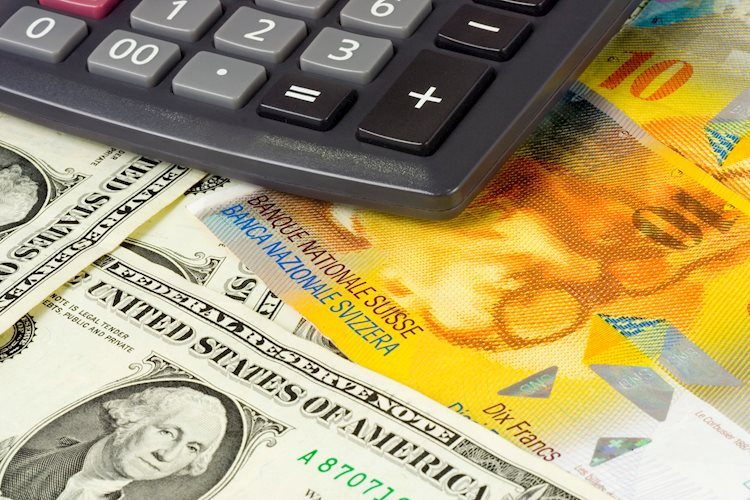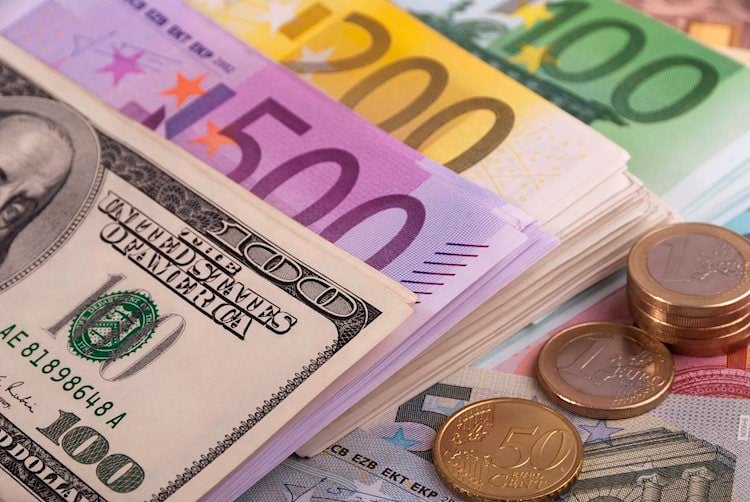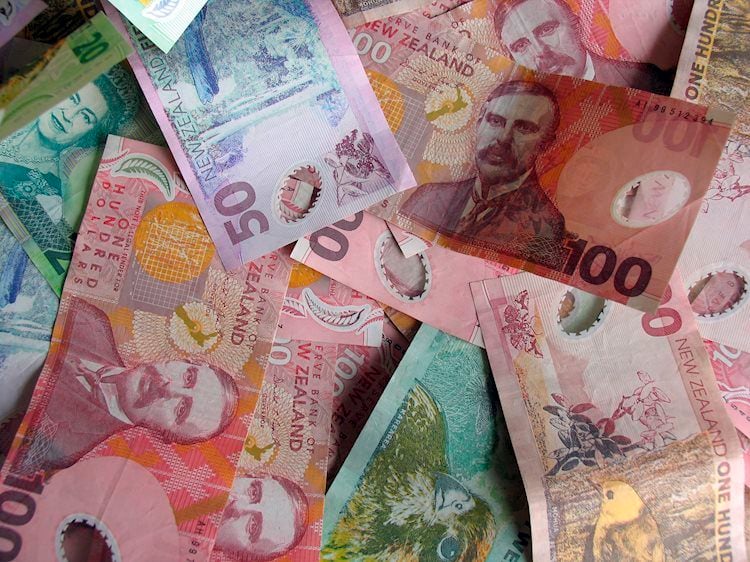Following mixed remarks from RBA Governor Lowe, the AUD/USD retests its weekly low.
Lowe of the RBA predicts that inflation will remain stable in the 2-3 percent range until 2024.
Bears are favored by the US dollar’s rise and the risk-off mentality, while covid problems are the key.
Jobless Claims in the United States, as well as qualitative catalysts, should be monitored for new direction.
For the third day in a row, the AUD/USD has been on the decline, down 0.38 percent intraday around 0.7455, as RBA Governor Philip Lowe adds to the downward pressure on the currency. While a result, the pair refreshes its weekly low on its approach to the yearly trough, as the covid troubles weigh on the pair as well.
“We’re keeping a close eye on Sydney lockdown,” RBA’s Lowe said, “but expect the economy to bounce rapidly once it’s finished.” To appease the AUD/USD bears, the policymaker also mentioned slow wage price growth.
Lowe, RBA Governor: The reduction in bond purchases does not imply a reduction in support.
Owing to its risk-barometer status, AUD/USD weakness is exacerbated by negative market sentiment, primarily due to the coronavirus (COVID-19) worries. The all-time infections in New South Wales and the increase in daily cases in South Korea, not to mention Thailand’s daily record of covid-related deaths of 75.
“A new spike in coronavirus infections fueled by the more virulent Delta variety could force consumers to “draw back” and impede the US recovery,” Atlanta Federal Reserve President Raphael Bostic said, according to Reuters. Furthermore, according to ABC News, Australia’s Health Expert Catherine Bennett believes that many more Australians must be vaccinated before states and territories can consider lifting lockdowns to control outbreaks, while World Health Organization (WHO) official Mike Ryan warned of the ‘epidemiological stupidity’ of early covid reopening, according to The Guardian.
It’s worth mentioning, though, that according to Johns Hopkins University, the daily death toll from the virus has dropped to roughly 8,000 worldwide in the previous month. Despite this, the death toll has surpassed four million.
Aside from the viral woes, the market’s mood is weighed down by uncertainty over important global central banks’ future decisions, such as the US Federal Reserve (Fed) and the European Central Bank (ECB). The new FOMC minutes added to the confusion around the Fed’s rate hike, with some members believing that the criteria of “substantial further progress” required to change monetary policy has yet to be satisfied. Others, on the other hand, expect conditions to slow the pace of asset purchases, allowing them to be completed sooner than projected. In the instance of the European Central Bank, the regional bank is holding a special meeting for the first time in 20 years to address the inflation conundrum.
Gold breaks a six-day uptrend, and the S&P 500 Futures pull down from a record high. Furthermore, the 10-year Treasury yield in the United States is licking its wounds near late February lows.
The AUD/USD pair traders will keep their eyes on the risk catalysts, primarily the covid stories and ECB updates, for fresh impulse after witnessing the early reaction to the big Aussie event. The weekly US Jobless Claims will also be noteworthy, especially in light of the recent uptick in US JOLTS Job Openings. If US fundamentals improve, the ECB’s rejection of tapering, and the virus-driven risk-off attitude subside, the quotation is poised to retest the yearly low.
On the road to the yearly bottom under 0.7445, AUD/USD bears cheered sustained trading below a three-week-old resistance line and 200-DMA, respectively around 0.7500 and 0.7580. Any additional deterioration will be called into doubt by the August 2020 top near 0.7415 and the 0.7400 threshold./n





